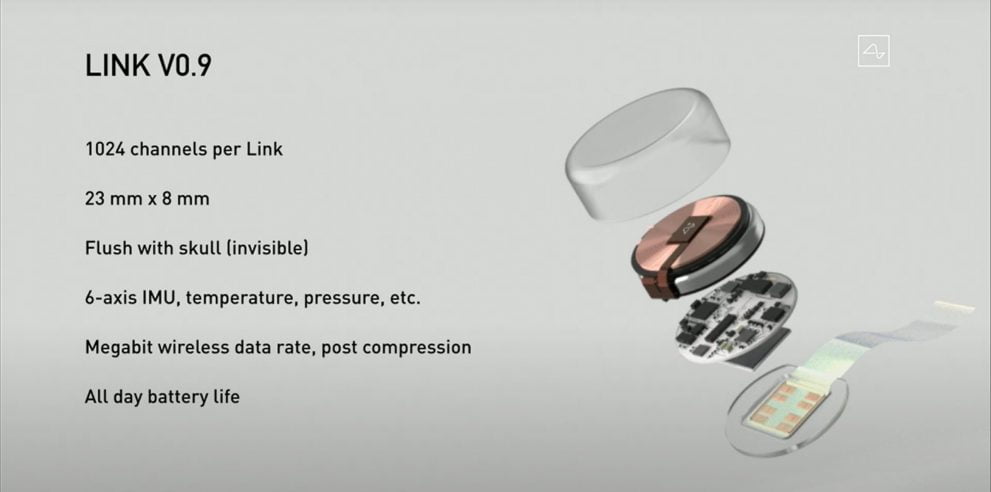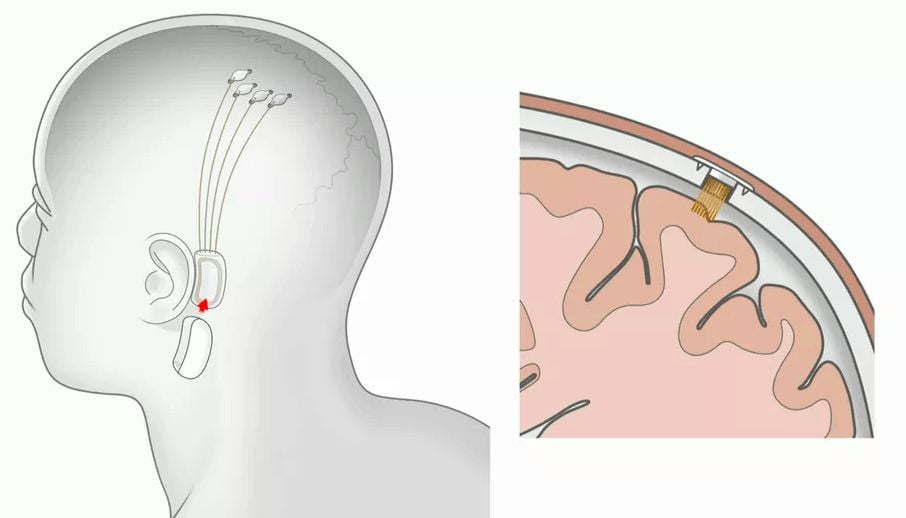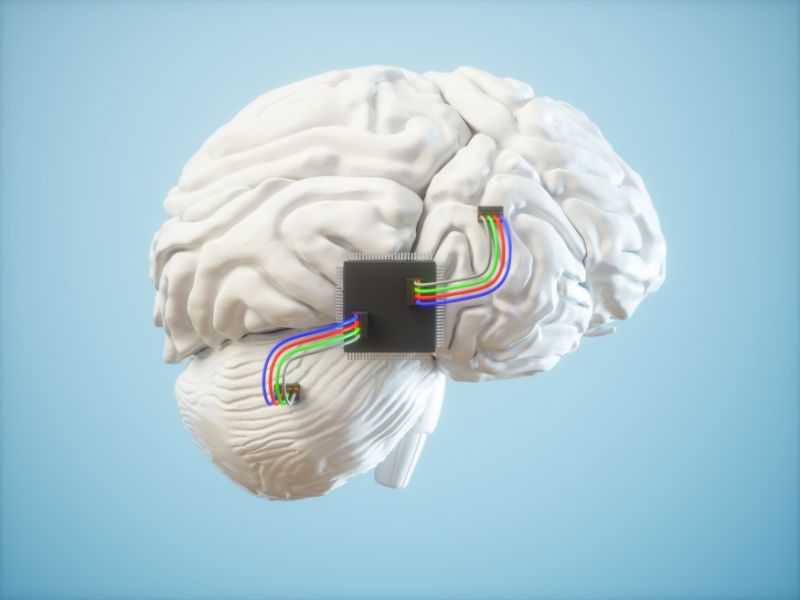Elon Musk presented an update to Neuralink, a project to create an brain-computer interface.
The ultimate intention of Neuralink is, according to Musk, to solve health problems related to age, neurological and cardiovascular damage, or problems such as blindness, deafness, etc.
“It’s an electrical problem and it has to be solved electrically,” Musk says, referring to technology that implants tiny electrodes in the brain to read (or emulate) brain activity at the neural level.

Showing pigs with the implanted chips, Musk explained that the current generation of Neuralink is no longer a chip that goes behind the ear, but is a “Fitbit in your skull”, a device the size of a coin that is inserted into the skull (with the same thickness) with a series of metallic electrode fillaments that are inserted into the brain, with an operation that takes an hour and is completely robotic. Once installed, it is not visible to the naked eye, according to Musk, and can be removed without a trace.

The reference to Fitbit is that it is a device that is fixed in the brain, has a battery that lasts a day, motion, temperature and pressure sensors, and 1024 electrodes that are inserted into the brain and are capable of reading neuronal activity. Each electrode is 5 microns wide and is intended to last at least a decade installed.
According to Neuralink, the electrodes do not damage the brain, even if they are removed from the brain, and allow firing tiny electrical discharges that affect thousands of neurons each; stimulating them. For now the electrodes only reach at the cortical level of the human brain.
The chip communicates with a remote device (a cell phone or a computer) and with that, it is possible to read the neural activity or generate a discharge that gives an instruction to the brain that replaces an absent one or corrects it: blindness, paralysis, speech problems. In theory, all that could be solved with this chip, but there is still a long time to go.

It could eventually require more chips implanted in the spine, but according to Musk, that’s a close goal: getting someone to walk naturally, with a chip that reads the brain’s commands and another that reproduces them in the motor area in the back of the brain, even if the connection between the brain and the extremities is damaged at the level of the spine (it can help a quadriplegic person, for example).
Being able to read neuronal activity will also allow, one day, to have a backup of our memory; the chips will read the information and digitize it or have supernatural vision or telepathy with a partner. “This talk is looking more and more like a Black Mirror chapter,” joked Musk, who says his company has clearance from the FDA (the US Food and Drug Administration) to begin the first human trials.
There are, however, no dates for the arrival of this device on the market; the researchers say there is still a lot of work to do, and in fact the presentation was partly to interest experts in the field and add them to their team.





